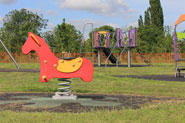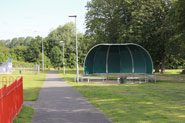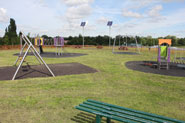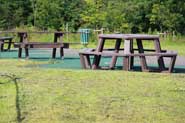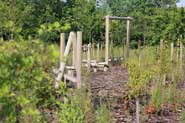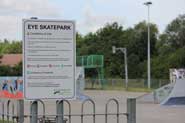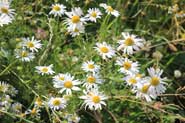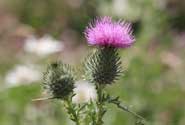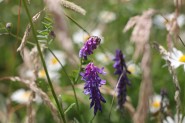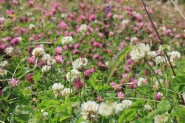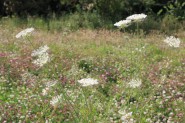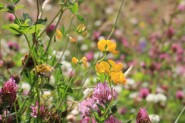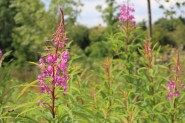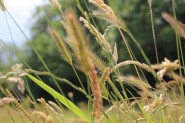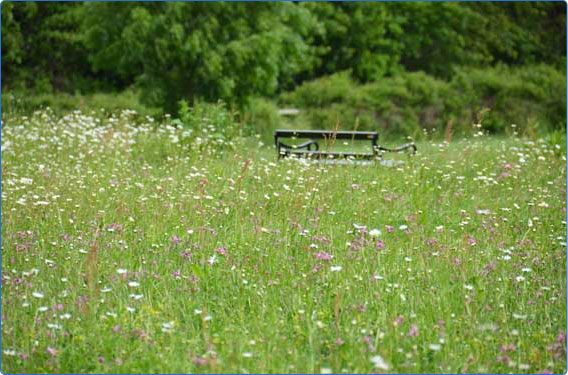
Manor Farm Park is over three acres of parkland located behind Manor Farm Community Centre, children will love the play area and woodland adventure trim trail.
Facilities include:
- Play area
- Wildflower meadow
- A new Blue Bell Woodland path and children’s adventure trim trail
- Picnic area
- Skate park.
Some of the oldest trees in the park are over 50 years old and to complement them the re-planted hedgerow and newly planted woodland added over 2000 native trees and plants. Over 9000 bulbs were added to the site in 2010/11 for spring colour.
In July 2012 the Open Spaces Community Group was awarded the Peterborough Telegraph’s best green volunteer/community award and in Nov 2012 the Peterborough Development and Environment’s best green space/community project design award.
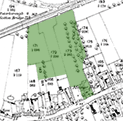
History
The field was used for grazing for many years and until closure in the 1960s the Midland and Great Northern Railway ran along the bottom of the field.
In 2000 the 900 sq ft Skate Park was opened by Deputy Chief Constable Tom Lloyd. Funding for the Skate Park had been supplied by Shanks Community Projects and Eye Parish Council. In 2008 Eye Youth and Community Leaders raised over £12,000 to purchase a 35 seat Youth Shelter which opened in February 2008. The majority of the land was still overgrown and boggy and required extensive work before it could be used for any activities.
In February 2010 Eye Open Space group was the first organisation in the East of England to secure lottery grant funding through the Community Spaces programme. After 18 months of planning the improvements and applying for the grant the amount of £100,000 was awarded.
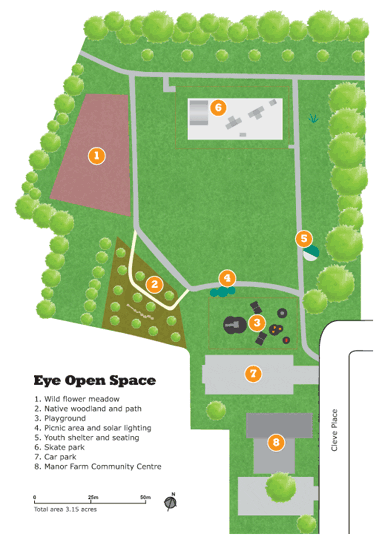 Improvements included
Improvements included
- Drainage for the grass area
- Additional seating
- A new path to go around the field
- A picnic area
- A new Blue Bell Woodland path and children’s adventure trail
- Wild Flower Meadow area
- Levelling of the grass area
- Solar lighting
- Additional litter bins
The official opening was on Saturday 24 July 2010 by Mayor of Peterborough, Councillor Keith Sharp. The opening day fete featured community group stalls, children’s entertainment and a dog show.
The park is still relatively new and improvements will continue into the future.
The Eye Open Space has the Green Flag Award. There are eight key criteria to the award:
- A welcoming place
- Healthy, safe and secure
- Clean and Well maintained
- Sustainability
- Conservative and heritage
- Community involvement
- Marketing
- Management
Eye Community Group members
Dale McKean, Lillian Muxlow, Di Parkin, Amanda Wall, Rosemary Robson, Viv English, Dave Richmond, Graham Camp, Paul Apthorpe, Rachel Price (The Wildlife Trust) and Frazer Chapman (Enterprise, Peterborough).
If you have any comments or concerns you would like to make about the Open Space please email the Open Spaces Community Group: ![]()

| Trees/Shrubs | |
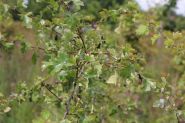 |
Hawthorn Crataegus monogyna Deciduous trees and shrubs, usually with spiny branches, lobed or toothed leaves, and clusters of creamy-white flowers followed by red or black fruits. A common hedging plant. |
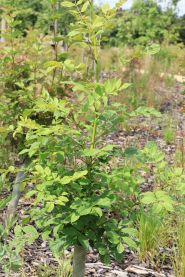 |
Common Ash Fraxinus excelsior The Ash is a native broadleaf and fairly common tree. When fully grown it is a tall and graceful tree with a light domed canopy. The Ash has characteristic delicate “leaflets” rather than single leaves.Through history the Ash has played a key role. This tree was thought to have medicinal and mystical properties and the wood was burnt to ward off evil spirits. This could be why it was referred to as the “Tree of Life” in Norse Viking mythology. Even today the Ash is sometimes known as the “Venus of the woods” suggesting a magical link to life. |
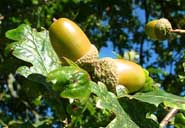 |
English Oak Quercus robur The English oak is probably the most well-known of the tree species native to Britain. They can live for more than a millennium, and grow up to 40 m high. Since the Druids the oak has played an important role in British culture. Couples were still wed under ancient oaks as late as Oliver Cromwell’s time and the Yule log, kept from one year to another to warm the Christmas celebrations, was traditionally cut from oak. Oaks are some of the oldest trees in the country. At over 1,000 years old the Bowthorpe Oak close to Bourne in Lincolnshire is one of the oldest trees in Britain. |
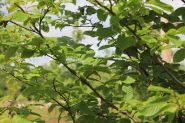 |
Hornbeam Carpinus betulus Hornbeam is a tree that is native to England and most common in the south of the country. The leaves are similar to beech but have prominent veins and serrated edges. In the spring it bears catkins. |
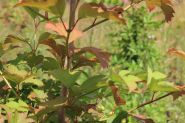 |
Field Maple Acer Campestre Fast growing native deciduous plant with young foliage tinged red, turning to green, then yellow in autumn. Small greenish-yellow flowers in spring followed by winged seeds in autumn. Makes an excellent dense hedge. |

